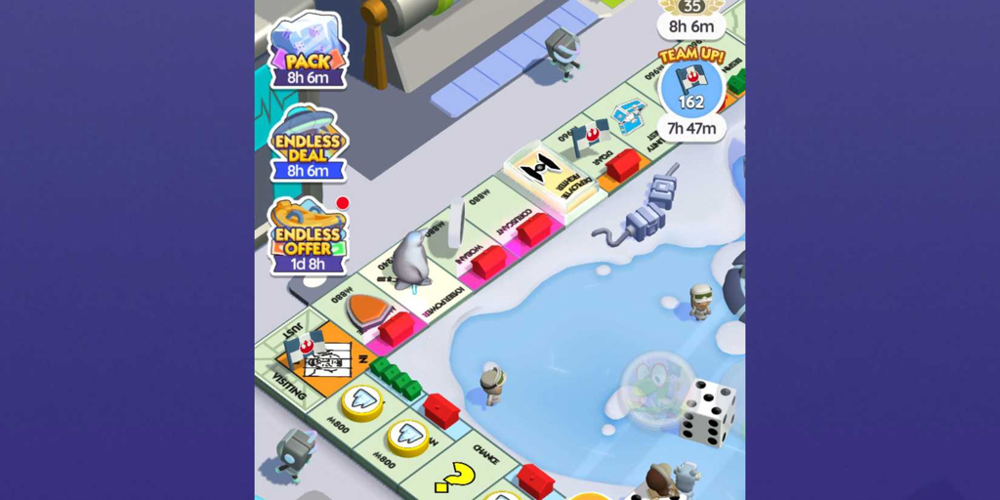That moment. You walk into your shop, warehouse, or office and know something's terribly wrong. Maybe it's the eye-watering chemical stench. Maybe it's the ominous pool of liquid spreading silently from a cracked drum. Your heart pounds. This isn't just a mess. This is dangerous. That cold wave of panic? That's facing a hazardous materials ("hazmat") emergency. Your people, your livelihood, everything feels suddenly fragile.
Breathe. Panic won't help, but having a clear, human plan will. This isn't about turning you into a scientist. It's about giving you straightforward steps to protect what matters most when the unthinkable happens. This is your guide to navigating Commercial Hazmat Cleanup.
Why Calling the Pros is Your Only Smart Move (Seriously!)
Imagine specialists showing up. They're not in capes, but they are trained for this chaos. Here’s why you absolutely need them:
-
They Understand the Danger: They know exactly how different chemicals burn, poison, explode, or pollute. Guessing wrong can be deadly.
-
They Wear Real Armor: Regular clothes are useless. They have full-body suits, respirators, gloves – shields against invisible threats.
-
They Have the Right Tools: It's not about scrubbing. They use special absorbents, neutralizers, and super-filter vacuums to remove contamination completely without spreading it.
-
They Know the Rulebook: Agencies like OSHA and EPA have mountains of rules for hazmat. Break them, and crippling fines follow. Pros live by these rules.
-
They Protect Everyone: Their mission: keep your employees, customers, neighbors, and the environment safe.
-
They Handle the Toxic Trash: Disposing of this waste is a legal minefield. Pros know how to package, label, and transport it safely to special disposal sites. Your regular trash service won't touch it.
What Happens When the Hazmat Cleanup Team Arrives (Simple Steps)
You've done the right thing: got people out, isolated the area, and called the pros. Here's what typically unfolds:
1. The First Minutes: Safety is EVERYTHING
-
GET EVERYONE OUT IMMEDIATELY. See a spill? Smell something awful? Hear a hiss? Shout. Get people moving. Don't investigate. Just get out.
-
Block It Off (If SAFE): Can you close a door or use chairs/tape to block access without getting near the hazard? Do it. Create a "DO NOT ENTER" zone.
-
CALL FOR HELP:
-
Emergency? (Fire, big spill, people feeling sick?) DIAL 911.
-
Not an immediate emergency? Call a licensed Hazmat Cleanup company right now. Find and save local 24/7 numbers before you need them!
-
-
Tell Them What You Know (From Afar): Stay calm. Describe what you saw/smelled, where it is, your business type, and if anyone feels sick.
-
DO NOT TOUCH IT. Seriously. Don't smell it, sweep it, or cover it. You could make it worse.
2. The Team Assesses: Figuring Out the Problem
The cleanup crew arrives. First job: understand the enemy.
-
What is It? They use air monitors, check labels (if safe), or their experience to identify the hazard.
-
How Bad is It? Is there fire/explosion risk? Toxic fumes? How far has it spread? Who's at risk?
-
Making the Plan: Based on this, they decide:
-
What protective gear ("space suits") they need.
-
How to stop the source (plug a leak?).
-
How to contain the spread (absorbent booms? Seal vents?).
-
The safest cleanup method.
-
How to handle the toxic waste.
-
How to prove the area is safe afterwards.
-
3. Containing the Mess: Build the Wall
Before cleanup, they stop the danger zone from growing.
-
Stop the Leak (If Possible): Safely plug drips or seal containers.
-
Contain the Spread:
-
Liquids: Use absorbent pads or booms (like floating barriers) to soak it up and stop flow.
-
Dusts/Powders: Mist gently (if safe) or use special vacuums after containment.
-
Fumes/Gases: Set up exhaust fans with filters or seal off air vents. They might tape plastic over doorways to seal the area.
-
4. The Actual Hazmat Cleanup: Taking Back Control
Suited up, the team enters the "hot zone."
-
Specialized Cleaning:
-
Liquids: Absorbed or vacuumed with special equipment.
-
Acids/Bases: Neutralized with safe chemicals.
-
Solids: Contaminated materials (carpet, drywall, soil) carefully removed and bagged.
-
Surfaces: Meticulously wiped down with approved cleaners.
-
Air/Dust: HEPA-filter vacuums trap even invisible harmful particles.
-
-
Decontamination ("Decon"): Workers are thoroughly cleaned while still in their suits before leaving the hot zone. No contamination escapes.
-
Constant Monitoring: Air and surfaces checked constantly for safety.
5. Bagging the Beast: Dealing with Toxic Waste
Everything that touched the hazard is now hazardous waste: the spill, used cleanup materials, contaminated building parts, even the suits!
-
Super-Strong Packaging: Sealed in tough, chemical-resistant drums, bags, or boxes. Labeled clearly.
-
Mountains of Paperwork: Detailed "Manifest" forms track every container from your business to its final disposal. Legally required.
-
Safe Disposal: Waste goes ONLY to specialized facilities: high-heat incinerators or ultra-secure landfills designed to contain it forever.
6. Proving It's Safe: The Science Step
You need proof, not promises.
-
Testing: After cleanup, specialists take:
-
Air Samples: Is the air breathable?
-
Surface Wipes: Are invisible traces left?
-
Soil Samples: If the ground was affected.
-
-
Lab Testing: Samples go to a lab. Scientists detect even tiny, unsafe traces.
-
The "All Clear": Only when lab results show levels are below safety limits is the area declared safe. You get a clearance report – keep it for insurance and peace of mind.
7. Getting Back to Business
With the "all clear," you rebuild.
-
Repair/Replace: Fix damaged walls, floors, ceilings.
-
Deep Clean: Final scrub-down to remove construction dust.
-
Move Back In: Restore furniture, equipment, and get your team working again. It feels like a fresh start.
Your Critical Jobs (Beyond Calling the Cleanup Crew)
The pros handle the hazard, but you have vital tasks:
-
Call Your Insurance IMMEDIATELY: Hazmat Cleanup is costly. Report the incident fast to start your claim. Provide all reports (especially clearance).
-
Talk Honestly With Your Team: Tell employees what happened (factually, calmly). Explain the steps taken for safety. Be transparent about disruptions. Reassure them.
-
Find the "Why": Investigate the cause after it's safe. Equipment failure? Dropped container? Bad storage? Fix the root problem to prevent it happening again.
-
Update Your Emergency Plan: Does your plan mention hazmat? Update it NOW based on this experience. Ensure every employee knows:
-
How to spot potential hazards (weird smells, spills).
-
The Golden Rule: NEVER try to clean it up themselves.
-
Who to call (manager, 911, cleanup company).
-
Evacuation routes and meeting points.
-
-
Train Your People: Basic hazmat awareness training is crucial. Even a short session empowers them to react correctly and shows you care about safety.
The Huge Risk of Cutting Corners
Ignoring this, delaying the call, or trying DIY Hazmat Cleanup to save money is gambling with catastrophe:
-
People Get Hurt: Employees or customers could suffer burns, poisoning, long-term illness, or death.
-
Environment Wrecked: Contamination can poison soil and water for decades. Cleanup costs explode.
-
Business Shut Down: Government agencies (OSHA, EPA) can close your doors instantly for unsafe conditions.
-
Financial Ruin: Fines can be massive. Lawsuits from injured people add more pain.
-
Reputation Destroyed: "Local Business Contaminates Neighborhood" headlines kill trust and your business name.
You Can Get Through This
Finding hazmat in your business is terrifying. It's okay to feel overwhelmed. But remember your lifeline: Your job is SAFETY FIRST, NOT cleanup. Get people out, block the area, call the Hazmat Cleanup pros.
Trust them. They’re trained for this. By knowing these steps, you become a partner, not just a victim. Focus on swift action, clear talk, working with insurance, finding the cause, and making your business safer for the future.




